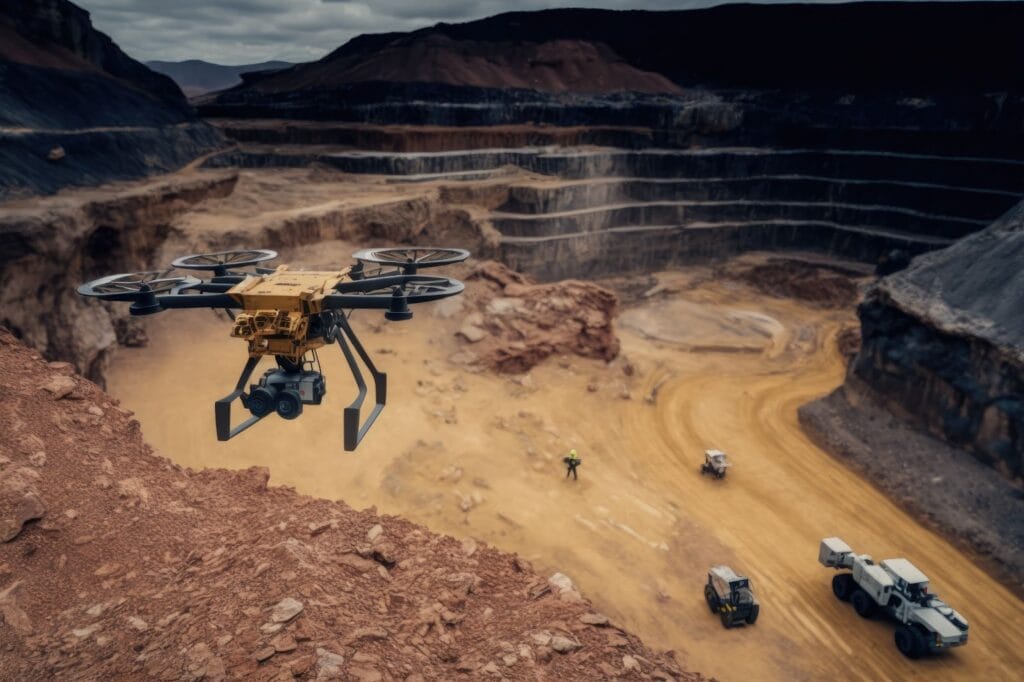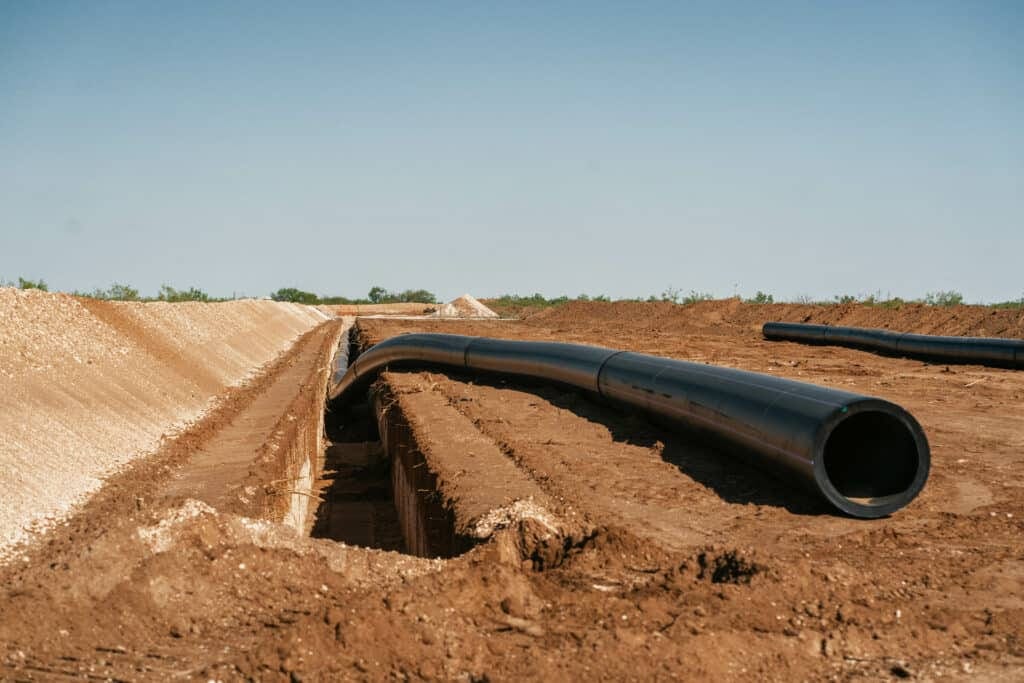Mining technology has undergone a transformative evolution over the past several decades, shaping the future of extraction industries globally. From traditional methodologies to modern-day practices and innovations, mining technology is at the forefront of the industry’s efforts to enhance productivity, improve safety, and ensure sustainability. This article aims to delve deeper into the realm of mining technology, exploring its evolution, current advancements, applications, and future prospects. dcpipe pipeline expert
The Evolution of Mining Technology
Mining, in its essence, has always been about resource extraction. The methods and technologies used, however, have changed dramatically from antiquity to the present day.

Traditional Mining Practices
Historically, mining practices were labor-intensive and rudimentary. Ancient civilizations relied on manual labor and simple tools such as pickaxes, shovels, and rudimentary hoisting mechanisms. While effective for small-scale operations, these techniques were limited in efficiency and safety. The Industrial Revolution marked a significant turning point, introducing steam-powered machinery which allowed for deeper and more extensive operations.
Mechanization and Automation
The late 20th century saw a major transition with the introduction of mechanized equipment. Heavy machinery such as excavators, bulldozers, and haul trucks revolutionized the extraction of minerals, ores, and natural resources. This mechanization not only increased productivity but also reduced the manual labor required, thus improving worker safety.
With the advent of computer technology and software, mining practices transitioned towards automation. Today, we see the implementation of sophisticated systems that can automate processes such as drilling, blasting, and ore transportation. Remote-controlled and autonomous equipment enhance operations in underground mines, minimizing human exposure to hazardous conditions.
Current Advancements in Mining Technology
As we move further into the 21st century, mining technology continues to evolve at an unprecedented pace, driven by the need for enhanced efficiency and sustainability. Below are some of the most notable advancements currently shaping the industry:
Advanced Data Analytics and IoT
The use of data analytics and the Internet of Things (IoT) in mining has emerged as a game changer. By leveraging real-time data collected from sensors and devices, mining companies can monitor equipment, optimize operations, and maintain predictive maintenance schedules. Data analytics enables the identification of inefficiencies, helping to reduce costs and improve operational performance.
Artificial Intelligence and Machine Learning
Artificial Intelligence (AI) and machine learning algorithms are being employed to analyze vast amounts of geological data, facilitating better decision-making regarding site exploration and resource allocation. AI models can predict the location of mineral deposits based on geological patterns, significantly decreasing the time and cost associated with exploration.
Sustainable Mining Practices
Sustainability is at the forefront of mining technology initiatives. Companies are increasingly adopting eco-friendly practices to mitigate their environmental impact. Technologies aimed at reducing water usage, managing waste, and minimizing carbon emissions are being actively integrated into mining operations. Methods such as bioleaching and phytoremediation are examples of innovative techniques aimed at reducing ecological footprints while maximizing resource recovery.
Enhanced Safety Technologies
Safety remains a critical focus within the mining sector. Advancements in technology are enabling companies to create safer work environments. Wearable technologies, including smart helmets and location tracking devices, allow for real-time health and safety monitoring. Moreover, drones and robotic systems are being utilized for dangerous tasks such as surveying hazardous areas and equipment inspections, reducing the risk to human operators.
Improved Mineral Processing Techniques
Advancements in mineral processing technology play a crucial role in enhancing resource recovery and reducing waste. Innovations such as advanced gravity separation, flotation technologies, and hydrometallurgical processes ensure that companies can extract the maximum value from mined materials while minimizing environmental impact.
Future Prospects
The future of mining technology promises further innovation and adaptation. As the demand for minerals and resources grows with the increasing population and technological advancements, mining companies will need to adopt flexible and scalable solutions that can address new challenges.
Digital Transformation
The ongoing digital transformation in the mining industry is expected to deepen. Companies will continue to invest in cloud computing, AI, and big data analytics to create a more integrated operational framework. A digital mine will be more responsive and efficient, reducing downtime and increasing overall production.
Autonomous Operations
The trend towards autonomy within mining operations will likely accelerate. Companies are expected to invest in fully autonomous fleets that work without human intervention, enhancing operational efficiency and safety. As technology matures, we may see entire mines operated remotely, with operators managing operations from centralized control rooms.
Collaborative Industry Solutions
Facing global challenges such as environmental regulations and workforce shortages, the mining industry may turn to collaboration with technology firms, research institutions, and governments. Joint initiatives aimed at developing innovative solutions will be crucial in addressing complex societal expectations and advancing mining practices.
Circular Economy Initiatives
The mining industry will increasingly align itself with the principles of a circular economy, focusing not just on extraction, but on resources’ entire life cycle. Technologies designed for recycling, reusing, and recovering materials from waste will help reduce the need for new sourcing, further minimizing environmental impact.
Conclusion
In conclusion, mining technology is at a critical juncture, evolving rapidly to address the challenges faced by the industry. With advancements in automation, data analytics, sustainability, and safety, mining companies are not only improving their operational efficiencies but also prioritizing environmental stewardship and worker safety.
The future of mining technology will undoubtedly continue to shape the industry, driving innovations that promote sustainable resource management and safeguard the health of our planet. As technological advancements accelerate, the mining sector stands poised for a new era, where efficiency, safety, and sustainability will coalesce to redefine what it means to extract the Earth’s resources responsibly. dcpipe pipeline expert

